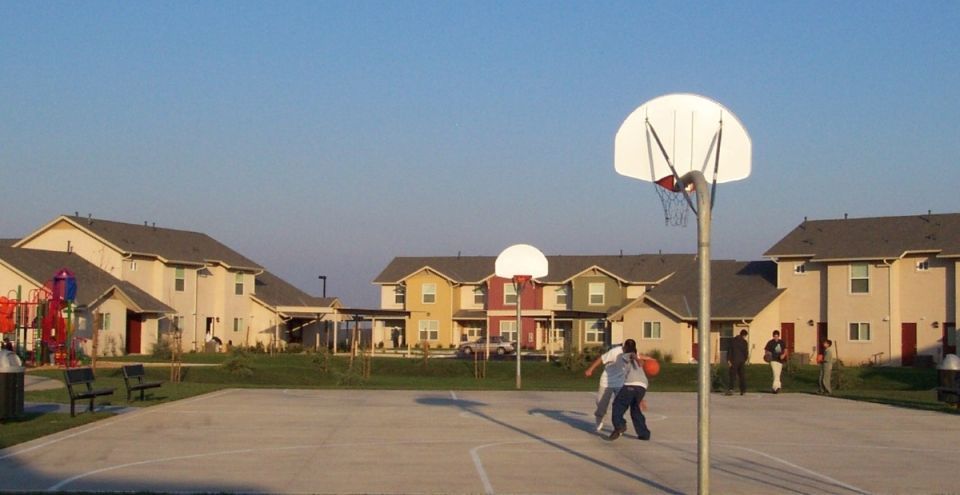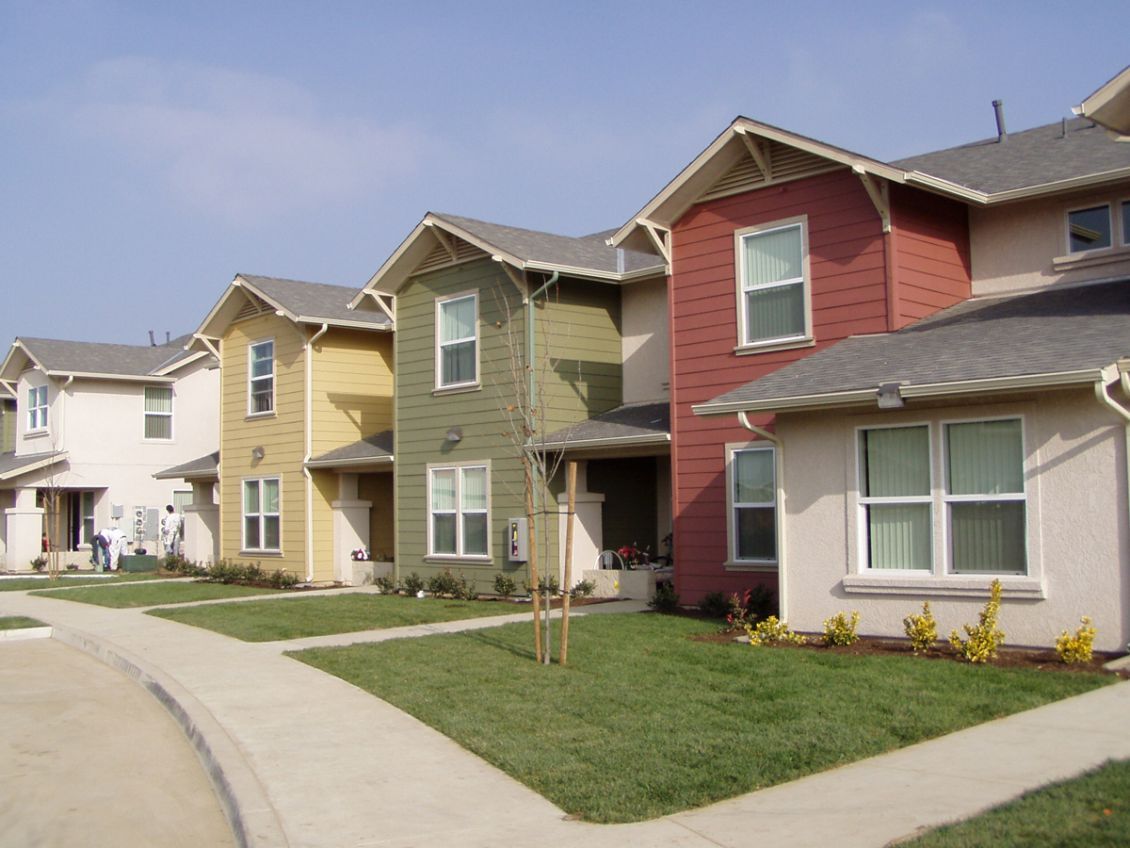Fifteen developers and community land trusts (CLTs) across California were selected through a competitive process to participate in a cohort of the California Preservation Next Academy. These developers and CLTs work to preserve long-term affordability in small- to medium-multifamily properties properties by preventing resident and cultural displacement, fostering community stewardship, and investing in healthy, safe homes across California.
We spoke with Iliana Nicholas, program lead, East Palo Alto Community Alliance and Neighborhood Development Organization (EPACANDO), and Julianna Gudino, senior project manager, Self-Help Enterprises (SHE), to learn more about why their organizations participated in the California Preservation Next Cohort and hear about their plans for preservation work in the coming years.
Enterprise (E): How was your experience being a part of the California Preservation Next Cohort? What was a particular highlight that you would like to elevate?
Iliana Nicholas (IN): Being a part of this community is truly inspiring, as it allows us to learn from other emerging groups who are also deeply rooted in their respective communities. The statistics related to small- to medium-multifamily (SMMF) properties are quite clear and strongly indicate the importance of preserving and stabilizing this critical stock.
The organizational camaraderie, the bench of technical support from the existing community of practice, and the future funding sources coming down the line will all help to set the affordable housing community up for success especially given the collaboration and planning that already is happening through Preservation Next!
Julianna Gudino (JG): Being part of the cohort was a great way to stay connected to the housing world outside of my own work and organization. The speakers were very knowledgeable and gave me insight on areas where my organization needs more education and growth. I come from a construction background, so I especially appreciated learning about funding sources and creative ways we might fill the gaps for our preservation projects.
E: What is an example of something you learned in a California Preservation Academy session that will directly impact the way you approach your SMMF preservation projects?
IN: Early in the academy, we completed an organizational self-assessment that helped us identify ways to improve and shift our internal capacity as we grow our housing preservation program. It was great hearing about MEDA’s growth and path toward becoming part of San Francisco’s Small Sites Program. We aspire to achieve a similar trajectory in East Palo Alto.
JG: We learned about the importance of early and sustained communication between departments, such as with development staff, and the asset management and property management teams. TNDC shared many tips about bringing all parts of the organization to the table to decide whether to pursue an acquisition opportunity — their project decision matrix tool was particularly helpful. I hope to replicate a similar process within our organization.
E: How can we get developers, CLTs and other stakeholders motivated to get more involved in preservation work?
IN: Celebrate the incremental successes. We are already highly motivated by the need and the opportunity. We see each decision we face—whether it’s a particular project, challenge, or opportunity—as a chance to “ground-truth” our mission. Making a difference is inherently motivating, and we seek to balance intention and impact. It's critical that we keep this in mind as we chose and pursue properties, and that we are willing to make necessary adjustments to stay motivated and on track.
JG: Organizations need more capacity building support and access to capital to be able to do this work. Both are key if we really want to stabilize communities and increase the number of preservation projects within our region.

2023 California Preservation Next Academy
On June 8, Enterprise wrapped the first California Preservation Next Academy. Over the course of eight months, we offered 11 publicly available, no-cost virtual training sessions designed to assist affordable housing developers and providers, practitioners, policymakers, and advocates with guidance to acquire, rehabilitate and preserve the affordability of unsubsidized small- to medium-multifamily (SMMF) properties. The overarching goal of Preservation Next is to prevent displacement of residents at risk of eviction, support mission-driven developers and community land trusts (CLTs) in acquiring and rehabilitating SMMF properties, and advocate for preservation policies, programs, and resources.
Academy Highlights
Recordings of these sessions and additional resources are available here.
Growing Organizational Preservation Capacity. Mission Economic Development Agency shared how their organization developed expertise in small and multifamily preservation and explained how other organizations can assess their own readiness to fund, staff, and responsibly grow capacity.
Evaluating Acquisition Opportunities. In a session focused on identifying, evaluating, and acquiring small and medium properties, Enterprise staff presented data on property and ownership characteristics in the Bay Area and Los Angeles. Tenderloin Neighborhood Development Corporation discussed tools and best practices to help guide acquisition decision-making.
Sharing Preservation Approaches from the Field. Practitioners from The Unity Council, East Los Angeles Community Corporation, and Fideicomiso Comunitario Tierra Libre discussed their approach to preservation and shared insights to advance this work in the Bay Area and Los Angeles.
Assessing the Local Preservation Ecosystem. The Housing Accelerator Fund reviewed the ecosystem of resources and partners necessary to scale preservation – including the necessary start-up capital, public subsidy, and capacity building opportunities for community-based organizations.
Funding the Work. A financing session featured speakers from Enterprise, Community Vision, Genesis LA, and T.R.U.S.T South LA on available subsidy and CDFI capital to assess a project’s financial feasibility.
Ensuring the Long-Term Sustainability of SMMF Preservation. Experts from NeighborWorks America and Eden Housing shared asset management strategies that can ensure SMMF properties and portfolios are set up for long-term sustainability. Participants also learned about a new model for shared asset management and property management functions coming out of the Joint Ownership Entity New York City.
The California academy and cohort are key components of Preservation Next, providing essential training, tools, and catalytic grants to support the preservation of unsubsidized affordable homes in small- to medium-multifamily properties. The program was made possible with funding from Mackenzie Scott, Kaiser Permanente, CIT Bank, and BMO Harris Bank, and we are grateful for their critical support.
For more information about Preservation Next, please contact Elizabeth Richards.
To learn more about the Northern California office’s preservation work, please contact Geeta Rao.

